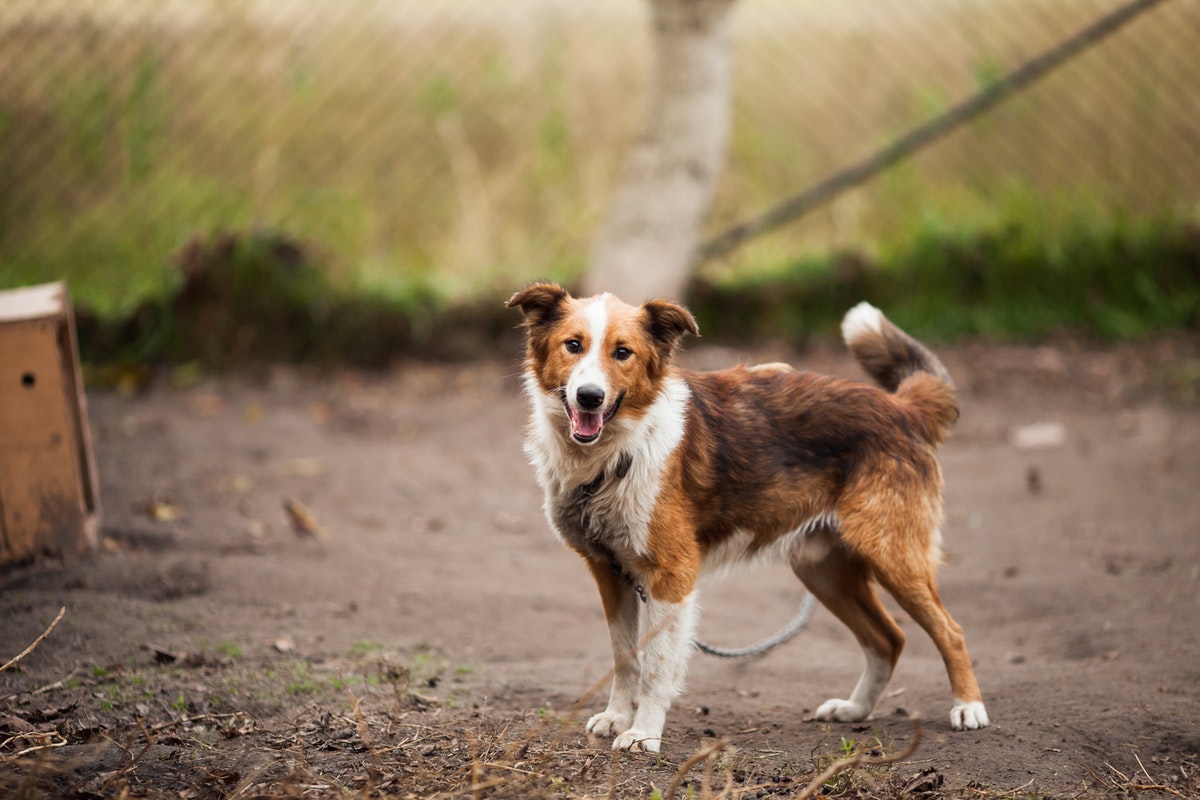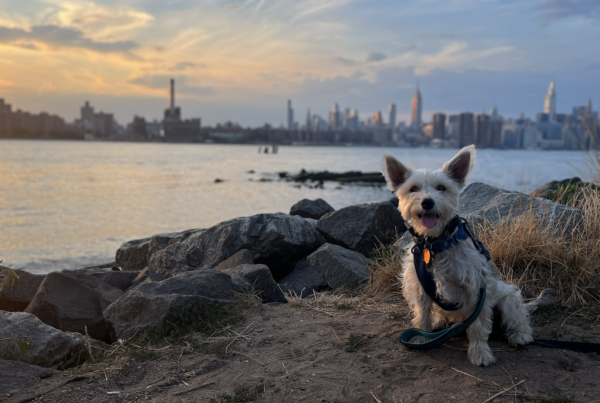Whether you’re thinking about starting a dog rescue or a furry four-legged friend just happened to show up at your doorstep, you never know when you’ll need to make a makeshift dog shelter. Fortunately, with a little planning and a few basic items, you can have a safe and sturdy dog shelter ready to go in just a few hours.
Consider Using A Large Plastic Storage Bin
Large plastic storage bins are an easy and ideal item to use to create a safe shelter for your pet. Plastic storage bins are sturdy and can protect your dog from wind, rain, and other environmental hazards. A fifty-gallon plastic bin is big enough to house a medium-sized dog while a seventy-gallon bin may work for larger breeds. When choosing the right bin, make sure the plastic is sturdy enough to withstand the elements. Some plastic bins are cheaply made and are too flimsy to use as a dog house. Also, make sure that there aren’t any leaks or holes in the bin, otherwise, this could lead to the interior becoming flooded during a rainstorm.
After you’ve found the perfect bin for your dog house it’s time to create the entrance point. You’ll need a marker and a sharp knife or razor blade for this part of your project. Make sure to cut a hole big enough for your dog to enter, however, try not to make the entrance bigger than it needs to be. You can also consider covering the opening with a piece of vinyl tablecloth or an inexpensive floor mat, but make sure it’s breathable to allow for proper ventilation. Drill some holes into the sides and secure your house with metal tent stakes. This will keep it from blowing away during a sudden gust of wind. Once you’ve made sure it’s completely secure your homemade dog shelter will be ready to use.
Transform A Wire Kennel Into A Dog House
Another easy and efficient option to use as a dog house is a wire kennel. A wire kennel already has built-in ventilation due to the metal fencing that wraps around it. Wire kennels come in many sizes, so make sure you choose the right one for your dog, otherwise, you run the risk of it being too large to retain heat in the winter or too small to be comfortable. Be sure to place your kennel in an area that will not receive direct sunlight throughout the day, otherwise, your dog might overheat.
Once you’ve found the right spot for your kennel you can secure it into the ground using stakes that wrap around the bottom frame. Because a wire kennel does not have anything protecting the top you’ll need to find something that will help keep your dog safe and dry. You can use a simple tarp to cover the top of the kennel as well as the sides to keep rain, dirt, and other debris from getting inside. Breathable, waterproof canvas tarps are the perfect items to use, as they allow for proper ventilation and keep your dog’s kennel dry and comfortable to use.
Things To Put Inside A Dog Shelter
While it’s important to make sure your dog’s shelter is safe and sturdy, it’s equally important to make it a hospitable place for your dog to lie in. If your dog spends a lot of time outside you’ll want to make sure you have some items in place to keep him comfortable throughout the day. Other items you should consider putting inside your dog’s shelter include bedding, toys, and water. You don’t need to buy expensive bedding for your dog to stay warm. A few old towels, rugs, blankets, or even some straw will do just fine. If you live in a colder climate you may want to consider insulating your shelter with additional vinyl pads or even foam panels. Both materials are inexpensive, yet very effective ways to keep your pet safe during colder times of the year.
You don’t need a lot of money to build a safe and sturdy shelter for your pet. With just a few simple items and a bit of imagination, you can have a comfortable dog shelter ready to go in no time.
Photo from Pexels
Love our content? Share it with a friend or link it to social media. Like short clips of cute household pets? Training tips? Follow us on instagram @nydognanny or on YouTube at nydognanny. Have some news you needs to get to dog and cat parents stat? Email info@newyorkdognanny.com with your article pitch.




